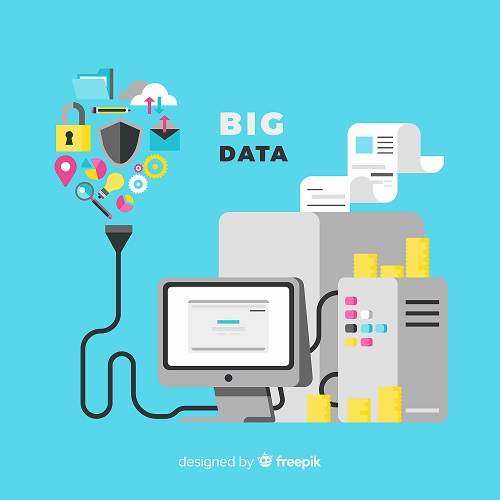
Introduction of Data Migration
Data migration is a critical process that involves transferring data from one storage system, application, or platform to another. Organizations undertake data migration for various reasons, such as system upgrades, data center consolidation, or moving to cloud-based solutions. Depending on the specific requirements and characteristics of the data being migrated, different types of data migration approaches are employed. In this blog, we will explore the various types of data migration, delve into their distinct methodologies, and provide real-world examples to illustrate how they are used in practical scenarios.
1. On-Premises to On-Premises:
On-Premises to On-Premises data migration involves moving data from one physical data center or server to another within the same organization. This type of migration is commonly performed when a company is upgrading its hardware or relocating its data center. For instance, a manufacturing company expanding its operations may move its data from an old server to a new, more powerful one in the same on-site data center.
Real-World Example: Company XYZ has been using an on-premises server for years to store customer data. Due to the growing volume of data, they decide to upgrade to a more advanced on-premises server with better storage capacity and processing power. They perform a seamless data migration to transfer all customer records, ensuring minimal downtime and preserving data integrity.
2. On-Premises to Cloud:
On-Premises to Cloud migration involves moving data from an on-site infrastructure to a cloud-based platform. This type of migration offers numerous benefits, including scalability, cost-effectiveness, and accessibility. Organizations may opt for this migration approach to leverage the cloud’s flexibility and eliminate the need for maintaining physical hardware.
Real-World Example: A marketing agency wants to improve collaboration among its teams and clients. They decide to migrate their project management and creative assets, including images and videos, to a cloud-based collaboration platform. This migration allows team members and clients from different locations to access and work on projects in real-time, fostering seamless collaboration.
3. Cloud to Cloud:
Cloud to Cloud migration involves moving data between different cloud service providers or platforms. Organizations may choose to switch cloud providers for various reasons, such as better pricing, enhanced features, or to consolidate their cloud services into a single platform.
Real-World Example: A startup initially chooses Cloud Provider A for hosting its application and databases. However, as the company grows, they decide to switch to Cloud Provider B, which offers more advanced machine learning capabilities. They execute a cloud-to-cloud migration, transferring their application and data with minimal disruptions to ensure a smooth transition.
4. Storage System Upgrade:
Storage System Upgrade migration entails moving data from an old storage system to a new, more advanced one within the same environment. This type of migration is typically performed to improve storage performance, capacity, or data redundancy.
Real-World Example: An IT company decides to upgrade its storage infrastructure from traditional hard disk drives (HDDs) to solid-state drives (SSDs) for better performance and reduced latency. They perform a storage system upgrade migration, migrating their data from the old HDD-based storage to the new SSD-based storage, resulting in improved application response times and faster data access.
5. Application Migration:
Application Migration involves transferring data from one application to another while ensuring data compatibility and integrity. This migration may occur when a company decides to replace an existing application with a more advanced one or when migrating to a new software suite.
Real-World Example: An accounting firm has been using an outdated accounting software for years but now wants to switch to a modern cloud-based accounting application that offers better automation and integration capabilities. They perform an application migration to move all their financial data, customer records, and transactions from the old software to the new cloud-based application, streamlining their accounting processes.
Conclusion: Data migration is a crucial process that enables organizations to optimize their data storage and management systems. Understanding the various types of data migration approaches empowers businesses to make informed decisions based on their unique requirements and goals. From on-premises to cloud migrations to application and storage system upgrades, each type serves a specific purpose in enhancing efficiency, accessibility, and data availability. By selecting the appropriate data migration type and employing best practices, organizations can seamlessly transition their data while preserving data integrity and ensuring business continuity, thereby setting the stage for future growth and innovation.


